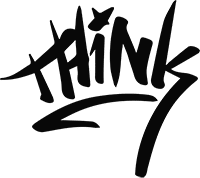Have The Expectations of CBD been blown out of Reality?
CBD has rapidly grown in popularity over the past few years with the legalization of the hemp farm bill. As of the end of 2019, nearly 7% of Americans were consuming CBD in some form. With the new fad in full swing, there have been many wide spread claims regarding the medical benefits suggested. These wide spread claims have created confusion surrounding CBD and its products.
Relating to CBD products like tinctures, vape cartridges, and balms, you may have heard words like full spectrum, distillate and isolate on product listings.

If you are like the majority of the population, you're most likely unsure as to how they differ, as well as which would best suit your needs. It is highly necessary to understand what these words mean, how they affect the product, and how they affect you in order to maximize the use of CBD.
What is CBD?
CBD is the abbreviation of Cannabidiol, one of several hundred compounds found in the cannabis plant. Unlike THC, CBD has no psychoactive effects. CBD is considered the second most common cannabinoid in cannabis, behind THC.

CBD was first scientifically discovered in 1940 by Dr. Rogers and a team at the University of Illinois using Minnesota wild hemp. It was not until 1963 that the structure and function was truly explained and understood, researched by Dr. Raphael Mechoulam.
Dr. Raphael, a year later, additionally did the same to THC. The discovery of the structure and function of THC was a critical breakthrough, showing the direct relationship between THC and CBD.
Did you know... Dr. Mechoulam in 1980 was also the first to study and show CBD could be a key factor in treating epilepsy.
Though legality minimized the extent to which CBD was researched, knowledge and understanding of the endocannabinoid system rose throughout the years.
How CBD Works
CBD interacts with the endocannabinoid system, specifically the CB1 and CB2 receptors & TRPV1 receptors. CBD indirectly and directly affects these receptors.
CB1 and CB2 receptors are located all throughout the body, regulating and effecting a large list of homeostasis actions by indirectly activating TRPV1 receptors, located in the peripheral nervous system and brain.

CB1 Receptors & CB2 Receptors
CB1 receptors are more concentrated within the brain. The CB1 receptors DNA squence was
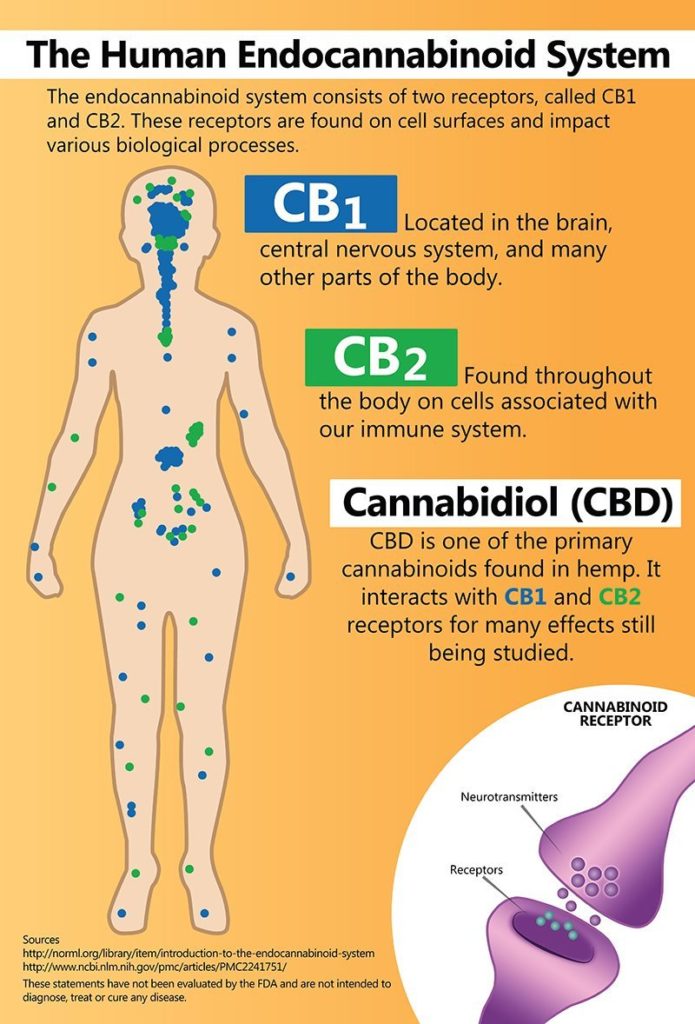
first discovered in 1990. Since then, research has found that activating CB1 receptors can have positive & negative effects.
CB2 receptors were first discovered in 1993 and are more commonly found in the thymus, spleen, tonsils and immune cells within the body, with only a small number existing in the brain.
“CB2 has been shown to regulate immunity by a number of mechanisms including development, migration, proliferation and effector functions.”
CBD has shown to have a much less binding affinity to both CBd1 and CB2 receptors, when compared to THC. This small binding affinity causes CBD to mainly affect the body through indirect actions.
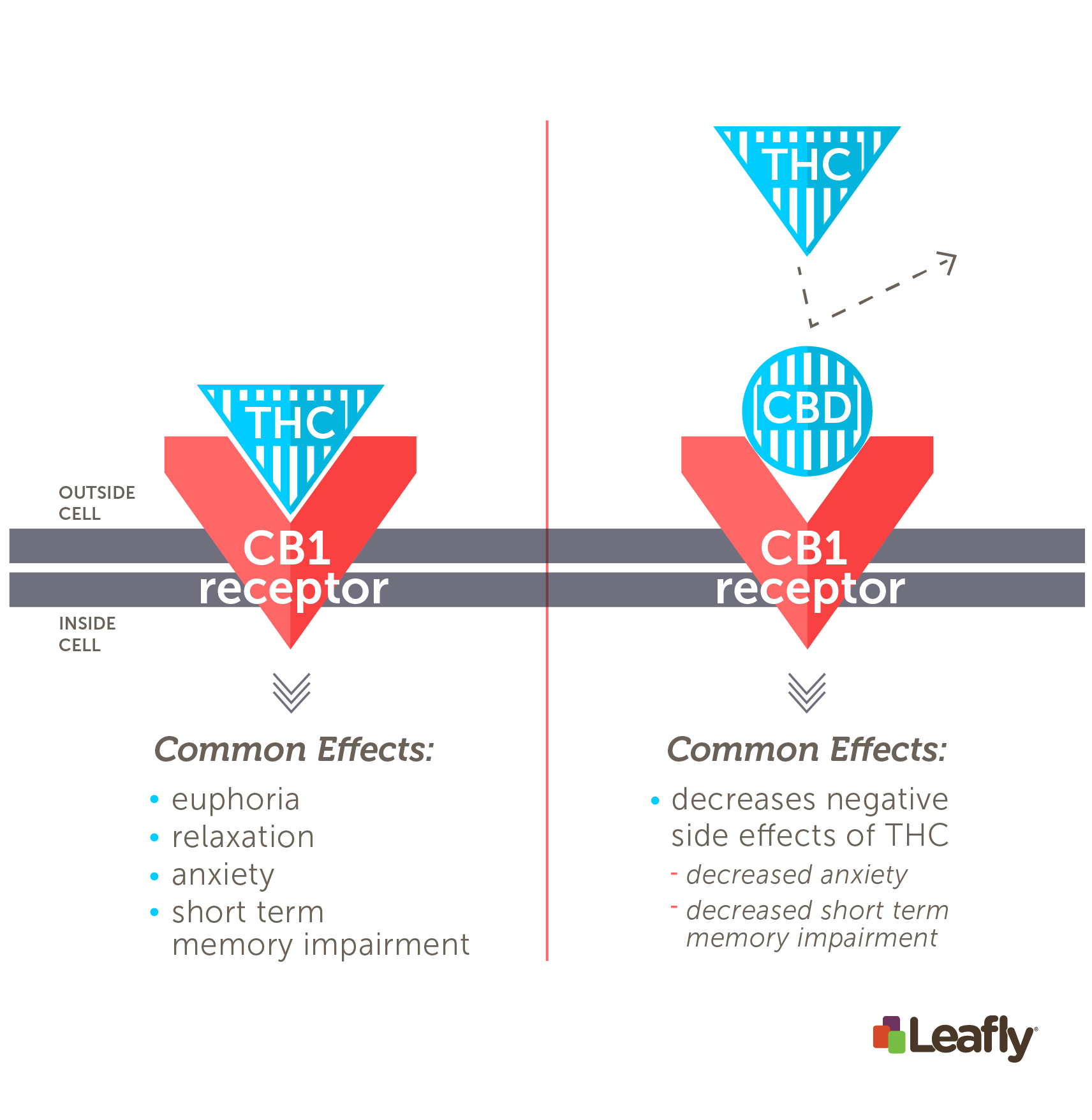
Recent research and growing evidence, however, appears to show that CBD is a direct agonist, or rather activates, the TRPV1 receptors.
TRPV1 Receptors
TRPV1, also referred to as the vanilloid receptor 1, are receptors that help perceive levels of pain and work to control our body temperature.
TRPV1 receptors are located within the peripheral nervous system (nerves, brainstem and spinal column, with a smaller amount within the brain).
Research has shown the TRPV1 are sensitive neuroreceptors that are triggered by almost any pain stimulus. Although sensitive, these receptors are easily desensitized, which can lead to a higher threshold for activation.

For example, TRPV1 is activated by capsaicin, the main ingredient in hot sauce and spicy food. When the capsaicin binds to TRPV1 the result is a feeling of a hot and burning sensation. Most individuals as they eat more will notice this sensation less. That is because of these receptors ability to quickly become desensitized.
TRPV1 concentration in the brain varies from individual to individual and has been suggested to reason why certain people have a higher tolerance for spicy foods.
TRPV1 is one of the few receptors that CBD directly influences. Early research shows that CBD acts in a similar way to capsaicin. One suggested theory is that CBD desensitizes the TRPV1 receptors therefore minimizing pain.
Research has proved that the anti-seizure capabilities of CBD have something to do with TRPV1.
More research on the connection between CBD and TRPV1 is required, however early documentation has been promising.
How is CBD produced?
CBD can be produced from both hemp and marijuana. Hemp and Marijuana are two separate classifications within cannabis.
CBD extracted from hemp typically contains about 40-80 percent or more cannabidiol. The remainder is made up of other fats, lipids, terpenes, flavonoids and more.
CBD extracted from marijuana typically contains only 10-40 percent cannabidiol. More importantly, the extract will contain a similar percent, if not more, of THC.
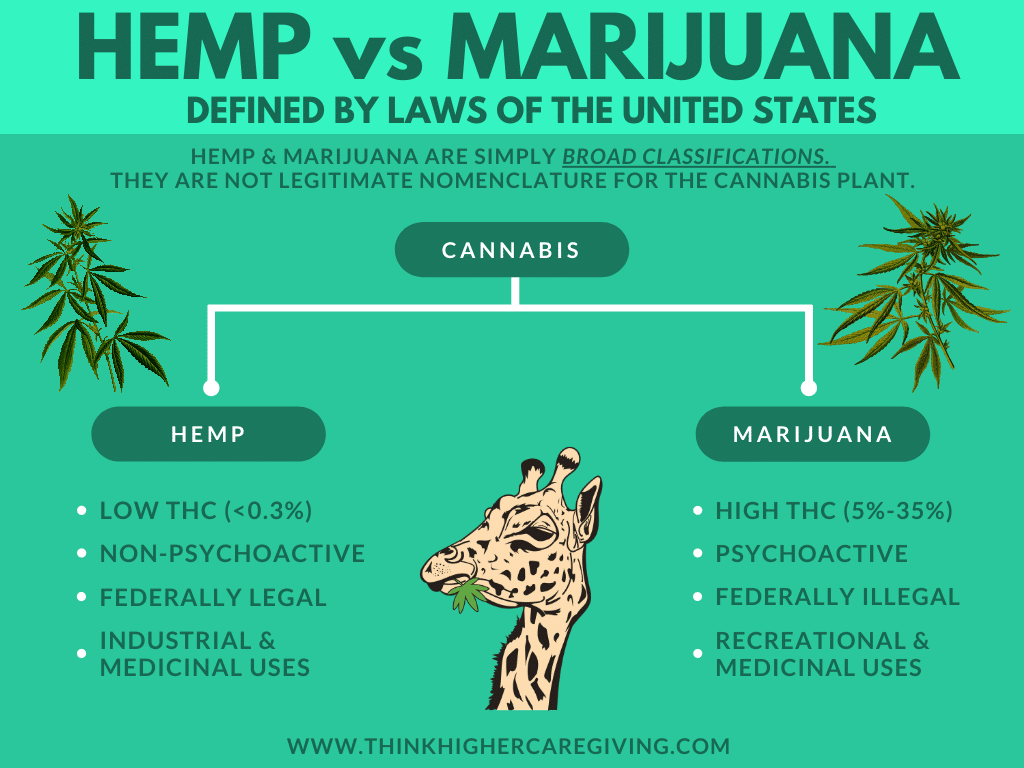
THC potency can have significant consequences due to the legality of THC. CBD is completely legal for consumption in all 50 states in the US due to the Hemp Farming Bill passed in 2018.
CBD remains molecularly the same, regardless of whether CBD is extracted from hemp or marijuana.
CBD extracts can be refined and extracted in main forms using different techniques. However, the most important thing to note is how the final extracts differ from one another.
Forms of CBD
Products that contain CBD take various forms. CBD oil, flowers, edibles, tinctures, topicals and even products for pets such as CBD dog treats!
Even as a newbie to CBD, you probably have heard and seen terms like 'CBD isolate,' 'broad-spectrum,' and 'full-spectrum.' However, if you have not, these are the three main terms used to describe the primary forms and refinement process of the extracted CBD.
Each form has important factors to consider. To utilize CBD in its fullest, it is important to have a quality grasp on these three common types and terms used to describe CBD.
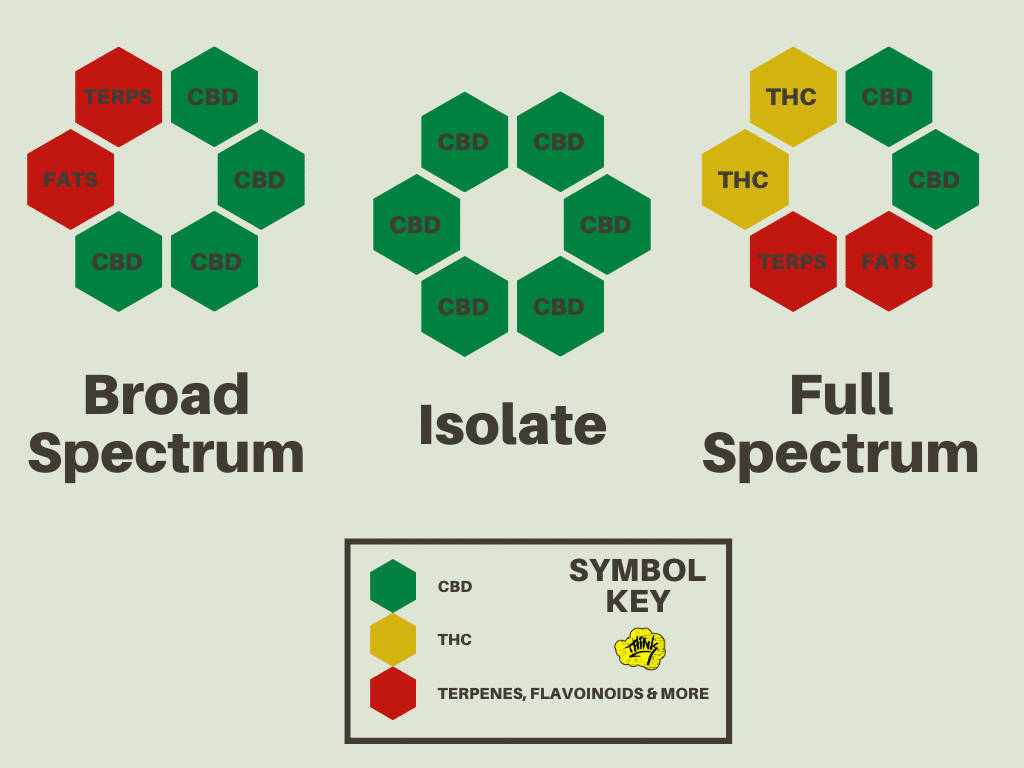
Full Spectrum CBD
Full-spectrum CBD, as opposed to CBD distillate, contains all of the benefits of the whole plant, without the elevated amounts of THC. Minor amounts of THC are still present, however the amounts are below the legal limit of 0.3% THC.
An array of cannabinoids, terpenes, flavonoids and other molecules are present and work synergistically with the cannabinoids to provide the benefit to the body. This is sometimes known as the entourage effect.
They also contain negligible amounts of THC. It is highly unlikely a user will experience mind-altering effects, therefore no “high”.
CBD Isolate
Isolate is precisely as it sounds, pure isolated Cannabidiol (CBD).
The crystalline substance may come in either white powder or slab form,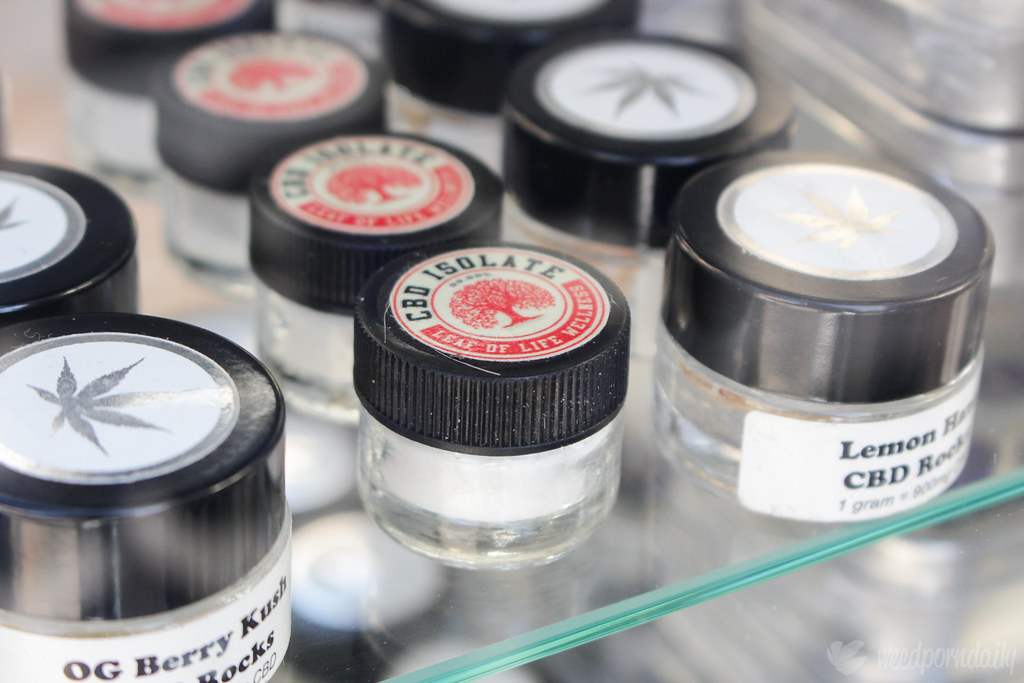 containing 99 percent or higher potency of the single cannabinoid compound.
containing 99 percent or higher potency of the single cannabinoid compound.
Many find comfort in isolates because it contains no THC, which prevents any drug test failure issues.
A full-spectrum CBD extract is processed into CBD distillate. The distillate is then refined using crystallization techniques to create the isolate.
The resulting CBD isolate is then infused in many of the products we describe below or it can be utilized as a standalone product.
CBD Isolate does have its pros and cons. CBD Isolates can be used for individuals who have a sensitivity to THC or other cannabinoids and for individuals who regularly undergo drug screening tests.
One significant downside of isolates is that due to being purely CBD, isolates normally can not deliver the enhanced benefits of the entire cannabis plant. Isolate is incapable of providing the entourage effect because it does not contain terpenoids, flavonoids and other key plant molecules.
Because isolates by themselves are less effective, isolates are primarily used as an additive to increase CBD potency within a product.
Broad Spectrum CBD
Broad-spectrum can be best described by thinking of the middle ground in between full-spectrum CBD and isolated CBD.
To produce a broad spectrum CBD product, the hemp first goes through similar extraction processes to that of the full spectrum. However, the magic happens post-refinement.
After the initial extraction, the product goes through a THC remediation process which removes all aspects of the THC.
Left is a similar to product to that of full-spectrum CBD; it is high in CBD and contains all the extra molecules (terpenes, flavonoids, etc) that produce the "entourage effect" but without the THC.
The broad-spectrum extraction process can be extremely helpful for farmers and extractors that happen to be given hemp that contains a higher amount of THC than the legal limit.
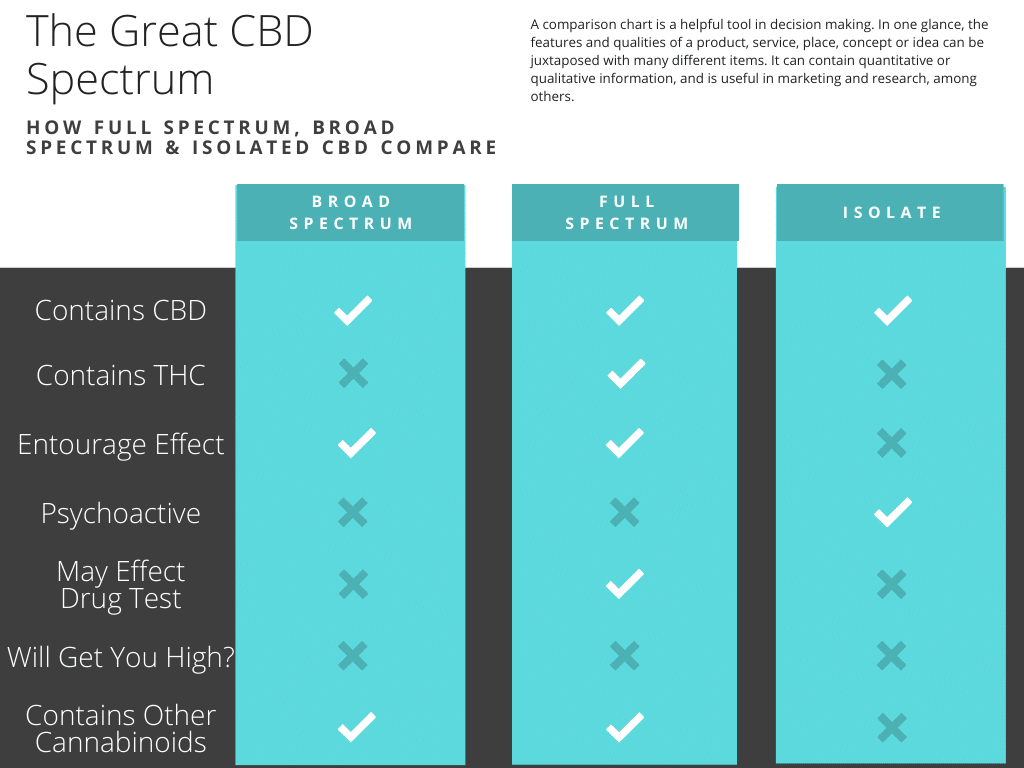
What is the Effectiveness of Isolated CBD compared to a broad-spectrum extract?
Though the 'pure' form of cannabidiol sounds extremely potent, it is much less effective compared to full or broad-spectrum extracts.
Ingesting the full cannabinoid and terpenoid profile (broad-spectrum) that naturally occurs in cannabis will prove more beneficial. The synergistic benefit from full-plant usage is termed the entourage effect.
Is CBD isolate beneficial?
CBD isolates take a hard hit for their lack of synergistic effects, however, there are a few benefits and ways to maximize the effectiveness of CBD isolate.
Some of the common benefits of using this product type:
- THC-free - No risk of failing a drug test.
- Cost-effective - Due to its purity, a little goes a long way. 1 gram of 99% distillate will contain 990 mg of CBD!
- Extremely Versatile - In its powder form, CBD isolate can be added to almost anything. Sprinkle some on your food or put some on top of your bowl or joint of cannabis.
What is the correct way to use isolates?
Like every other CBD extract, isolates naturally bind to fatty acids found in oils like coconut oil, butter, and MCT oil. Be careful with liquids, specifically water. When mixed with water, CBD will not dissolve fully.
Isolates are commonly used in the following ways:
- Mixed with carrier oils to create an isolate-based CBD oil tincture.
- Infused into Capsules
- Added into Edibles
- Smoked or Dabbed Alone or on top of cannabis
- As an ingredient in Marijuana Products for Increased CBD Concentration
Additionally, to up the benefits of isolates, use CBD isolates with other products that may contain cannabinoid ratios, vast terpene profiles, and specific oils. For example, if using a CBD isolate for tinctures, try to use a hemp-based oil as the carrier. This small change will aid in producing a more beneficial effect.
Benefits Of CBD
As discussed, CBD has been widely popularized to provide many benefits to people who deal with everything from chronic nausea, depression, insomnia, anxiety, and more. There are typically no side effects to CBD, and no overdoses have been reported since its inception.
There have been many widespread claims regarding CBD and the positive effects an individual may experience.
At the same time, there have been misconceptions, misunderstandings and straight up myths when it comes to CBD.
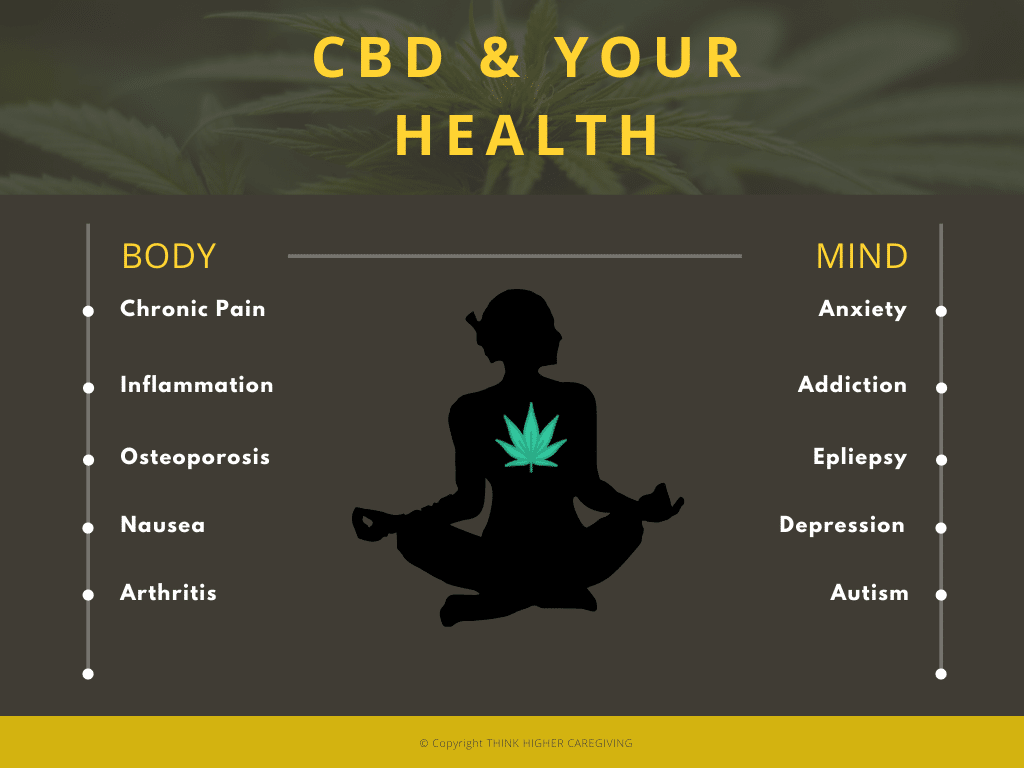
How to Get The Most out of CBD?
Due to the infancy of science, so many new terms, products and unverified companies out there it is difficut to fully understand the route the best route take.
There are a few steps a consumer can take in order to best set themselves up for success. Although some of the points below may seem obvious, it is surprising how some of these factors are overlooked.
- Be knowable, Review Test Results, & Reviews of Customers - Take the extra time to research the product in full. From the company, test results, reviews from other customers. Companies should be open in sharing and
 have the information readily available. Any company where testing information is not avaiable should be immediately dismissed. Dive in and learn more about specific forms and ingestion methods of CBD that might work for you. Think Higher is here to help! Reach out to us if clarification is ever needed, we would be happy to assist.
have the information readily available. Any company where testing information is not avaiable should be immediately dismissed. Dive in and learn more about specific forms and ingestion methods of CBD that might work for you. Think Higher is here to help! Reach out to us if clarification is ever needed, we would be happy to assist. - Read the product labels - Reading the dosage instructions is extremely
important and one that is quickly overlooked. Taking the product in a specific manner may be required, or maybe the product has a delayed effect. Following the instructions will only help maximize the effect of the CBD product.
- Focus on full-spectrum CBD Products - To maximize the effect of CBD a full-spectrum product will be best to improve the entourage effect. This may not be possible due to an individuals job, or legal status, due to risk of potentially being over the legal THC limit. The next best solution then would be a broad-spectrum CBD product.
- Try different forms until you find something that works - Everyone is
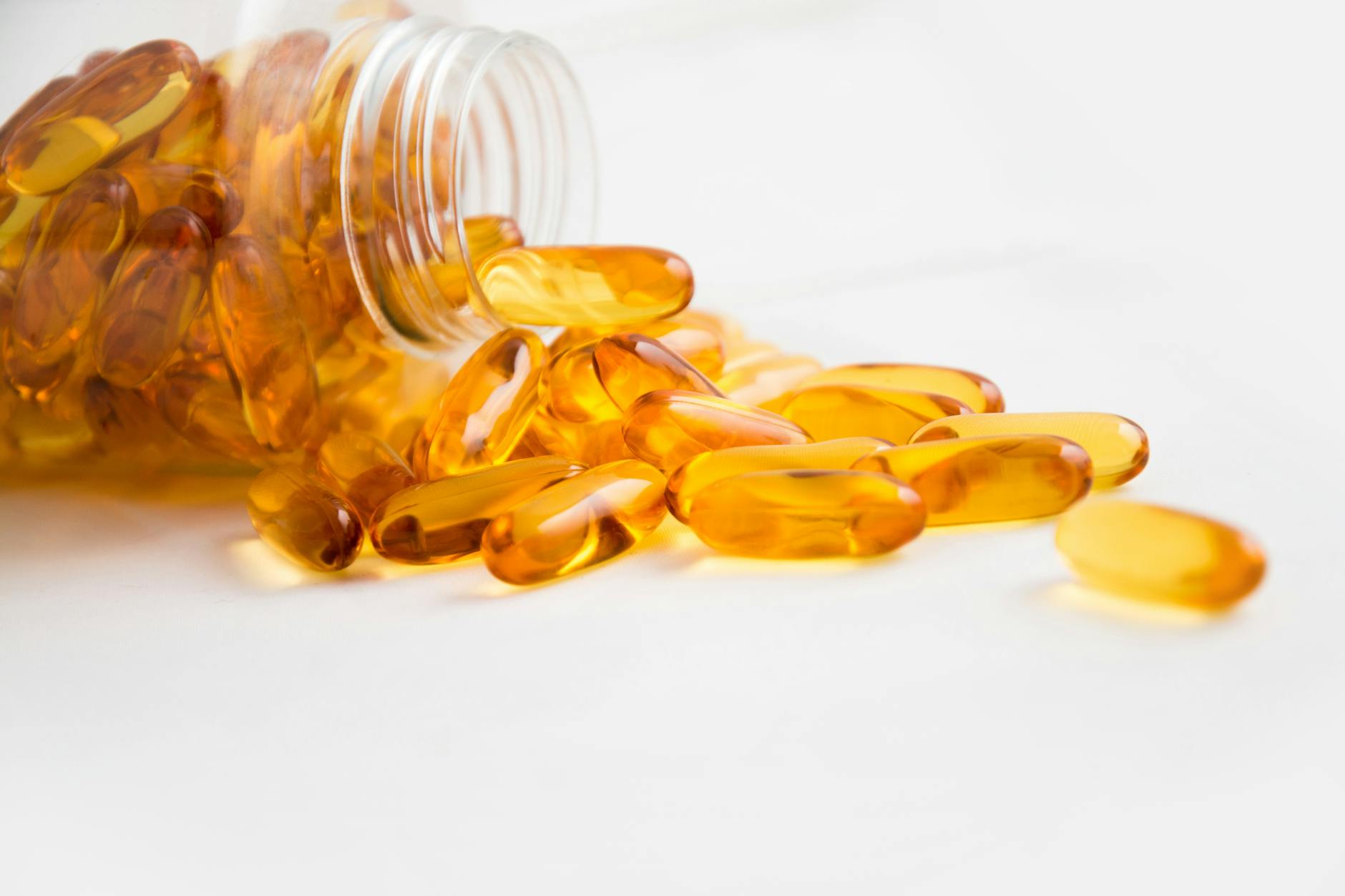 different, and everyone may react differently to one form or another. Ingestion by smoking, eating, sublingually or topically, can effect people different ways. Find out what works for you specically.
different, and everyone may react differently to one form or another. Ingestion by smoking, eating, sublingually or topically, can effect people different ways. Find out what works for you specically.
What does Science Say? Clearing the air of Myths & Misunderstandings of CBD.
Much of the science and research that has been discovered regarding CBD has been in labs with cells and mice. Unfortunately, very minimal research has been done on humans. This is solely due to the fact that until recently CBD was classified as a Schedule 1 Drug.
The research and scientific findings regarding CBD and cannabis in general is growing every weak with the passing and legalization of CBD, hemp and other cannabinoids.
Well to put it forth, there is no scientific proof to CBD curing anything. However the science has shown promising signs.
CBD & Seizures
By far the strongest evidence shows CBDs effectiveness in some childhood epilepsy syndromes. Multiple studies have been conducted using humans and showed CBD was superior to placebos in treating and preventing seizures.
Dravet syndrome and Lennox-Gastaut syndrome (LGS) are two major syndromes which normally do not respond to normal antiseizure medications. Due to limited medications, these syndromes have been used for most of the studies that have been conducted. These patients treated with CBD have shown a reduction in the severity and the number of seizures.

Videos have surfaced all over the web showing the shockingly beneficial effects that CBD can have in effectively helping epilpitic episodes.
As most scientific information regarding cannabis, more studies are required to get a full grip on CBD and its true affects and benefits for epilepsy and seizures.
CBD & Anxiety
CBD is often described to address anxiety and insomnia. Minimal studies have actually been conducted, but the studies have encouraging conclusions.
Preclinical evidence strongly supported CBD as a treatment for generalized anxiety disorder, panic disorder, social anxiety disorder, OCD, and PTSD with acute delivery of CBD.
The major breakthrough came in a 2015 human study that was conducted to determine CBD’s potential as a treatment for anxiety-related disorders with chronic dosing.

This study found “ CBD’s efficacy in reducing anxiety behaviors relevant to multiple disorders, including PTSD, GAD, PD, OCD, and SAD, with a notable lack of anxiogenic effects.” Additionally, these “human experimental findings support preclinical findings, and also suggest a lack of anxiogenic effects, minimal sedative effects, and an excellent safety profile.”
Hopefully these early encouraging studies push more studies to be conducted on CBD and its effect on anxiety disorders.
CBDs effect on Sleep
CBD for insomnia and sleep is a touted claim that has been widespread. The early studies do show that CBD is a far more effective sleeping aid than that of THC.
Early studies in rats did show CBD appeared to increase total sleep time. However, recent studies have yielded mixed results, clouding those findings.
With far more research done on THC, researchers have concluded that CBD is far better for longer quality sleep than that of THC.
CBD & Pain
Another publicized benefit has been using CBD for chronic pain. A number of studies have been done, with early studies showing promising effects. However, studies have shown that this connection can be difficult to follow and fully understand.
Early studies on chronic pain have shown that CBD could help inflammatory and “neuropathic” pain. Additional studies have even shown the potential mechanisms for which CBD inhibits inflammatory and neuropathic pain. However, these studies were done using animal models, specifically rats.
A human study was conducted in 2017 that showed extremely promising science to support CBD replacing opioid-based pain medications. Although a self-report study, it does further show the route which scientific studies show head.

Although early studies researching CBD and chronic pain are promising,more studies, specifically within humans, must be done to substantiate these pain claims.
CBD & Side Effects
CBD has been studied enough for scientists to deem CBD to be safe. However, minor side effects have been reported, documented and investigated.

The most common CBD side effects that have been reported were tiredness, diarrhea, nausea, irritability, and fatigue. These are relatively minor side effects, when compared to some serious side effects of common prescription medications.
One study showed that CBD, when compared with other drugs, has a better side effect profile, which could improve patient’s compliance and adherence to treatment.
Additional studies have described the potential of CBD interacting with specific receptors that can affect some prescription medications. These interactions would be similar Grapefruit Juice side effects and precautions that are taken with some prescriptions.

In layman terms, CBD can bind to similar receptors to some prescription drugs. CBD does not necessarily cause the same effect of the prescription drugs, but more so just fills this receptor site. When these receptor sites are full, an individual needs more of a drug to have an effect they are used to or than is required. This can yield very negative results where potential overdosages are possible.
These concerns, more recently, became full when a woman died due to suspected interaction compilations between her prescriptions drugs and CBD. To be clear, it was the prescription drug that caused the death, not the CBD.
These medications interactions can range widely and why individuals who are thinking of consuming CBD should actively speak with their doctor prior to taking.
Conclusion
CBD can be an incredible well-being source, although there are other cannabinoids found in hemp plants that have also shown to alleviate symptoms of several ailments and illnesses as well.
While CBD isolate is cannabidiol in its most pure form, full-spectrum CBD also contains other beneficial compounds such as THC while remaining legal. Because of the benefits which can be provided by the whole plant, various ailments and illnesses are often treated using full-spectrum CBD products more than isolate.
CBD isolates, as well as full-spectrum CBD, have their unique benefits. It frequently depends on a person's personal preference and what they are trying to accomplish by taking the product.
